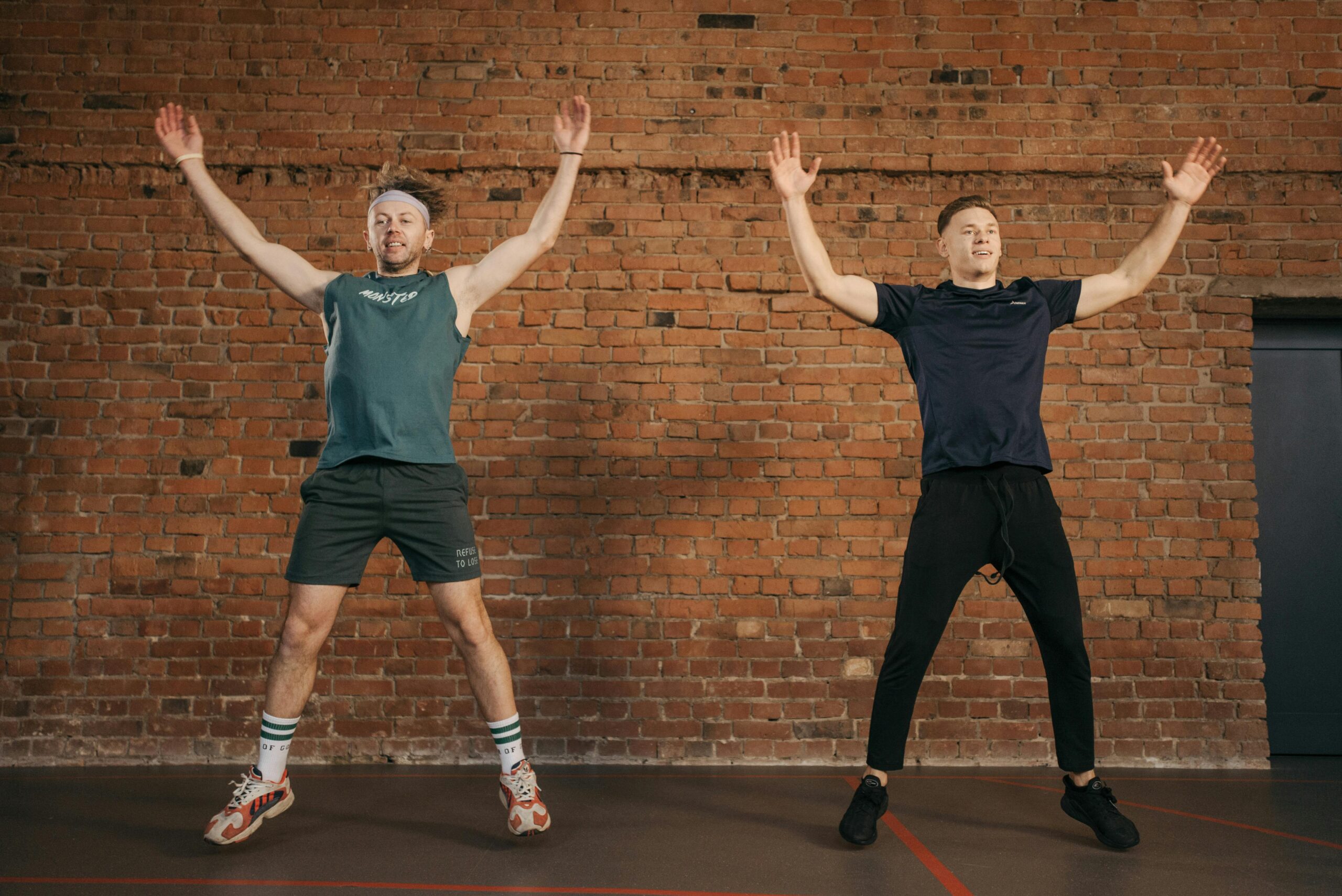Calisthenics For Calves: Empower Your Journey to Stronger, Toned Lower Legs
Are you looking to build stronger, more defined calves without needing a gym membership? Calisthenics for calves is your answer! These bodyweight exercises are perfect for enhancing your lower leg strength and stability, improving performance in sports, and preventing injuries. Dive in to discover the best exercises and tips to achieve impressive calf muscles.

What is the Calf?
The calf is the muscular back part of your lower leg, composed primarily of two muscles:
- Gastrocnemius: This is the larger, more visible muscle, giving the calf its rounded shape. It has two heads that form the bulk of the calf and is primarily responsible for the leg’s explosive power.
- Soleus: Located underneath the gastrocnemius, the soleus is flatter and helps with standing and walking. It’s crucial for endurance activities.
Understanding these muscles helps in targeting them effectively with calisthenics exercises.

Tips to Build Bigger Calves
- Consistency is Key: Training your calves regularly is essential. Aim to include calf exercises in your routine 2-3 times a week.
- Mind-Muscle Connection: Focus on feeling your calves work during exercises. This connection ensures you’re targeting the muscles effectively.
- Proper Form: Always use correct form to avoid injuries and maximize gains. Incorrect form can lead to ineffective workouts and potential harm.
- Progressive Overload: Gradually increase the difficulty of your workouts. This could mean increasing repetitions, adding weight, or trying more challenging exercises.
- Stretching and Flexibility: Stretch your calves to maintain flexibility and prevent tightness. Incorporate calf stretches into your cool-down routine

The Best Calisthenics Calf Exercises
1. Standing Calf Raises
- How to Do It: Stand tall with feet hip-width apart. Raise your heels off the ground as high as possible, then lower them back down.
- Benefits: This exercise targets both the gastrocnemius and soleus muscles, providing a comprehensive calf workout.
2. Seated Calf Raises
- How to Do It: Sit on a chair with your feet flat on the floor. Raise your heels while keeping your toes on the ground, then lower them back down.
- Benefits: This exercise focuses more on the soleus muscle, offering a different angle of training.
3. Single-Leg Calf Raises
- How to Do It: Stand on one foot, raise your heel as high as possible, then lower it. Switch to the other foot and repeat.
- Benefits: Single-leg calf raises add intensity and help correct muscle imbalances between the legs.
4. Donkey Calf Raises
- How to Do It: Lean forward and place your hands on a bench or chair. Raise your heels as high as possible, then lower them back down.
- Benefits: This exercise provides a deep stretch and full range of motion, effectively targeting the calves.
5. Jump Rope
- How to Do It: Jump rope, focusing on landing softly on your toes and using your calves to bounce.
- Benefits: Jumping rope is a great cardio workout that also strengthens and tones the calves.
6. Box Jumps
- How to Do It: Jump onto a sturdy box or platform, using your calves to propel you upward. Step back down and repeat.
- Benefits: Box jumps build explosive power in the calves and improve overall leg strength.

Calf Workout Sample
Here’s a sample calf workout to get you started:
1. Warm-Up: 5-10 minutes of light cardio (e.g., jumping jacks or brisk walking) to get the blood flowing and prepare your muscles.
2. Standing Calf Raises: 3 sets of 15-20 reps. Focus on a full range of motion and squeezing your calves at the top.
3. Seated Calf Raises: 3 sets of 15-20 reps. Perform these slowly to maximize the engagement of the soleus muscle.
4. Single-Leg Calf Raises: 3 sets of 10-15 reps per leg. Ensure each rep is controlled and focused.
5. Donkey Calf Raises: 3 sets of 15-20 reps. This exercise provides a great stretch and targets the calves deeply.
6. Jump Rope: 2-3 minutes. Keep your jumps quick and light to maintain a steady rhythm.
7. Cool Down: Stretch your calves for 5-10 minutes. Include both standing calf stretches and downward dog poses to fully relax the muscles.

Calisthenics For Calves – Conclusion
To achieve the best results from your calf workouts, it’s essential to prioritize overall health. Ensure you get enough sleep, stay hydrated, and consume a balanced diet rich in nutrients. These factors aid muscle recovery, enhance performance, and support growth.
Additionally, consider incorporating tools like the RENPHO Smart Skipping Rope into your routine. This high-tech jump rope tracks your progress, helping you reach your fitness goals efficiently. By taking care of your body and using the right tools, you’ll see faster and more effective results in your calf training.




